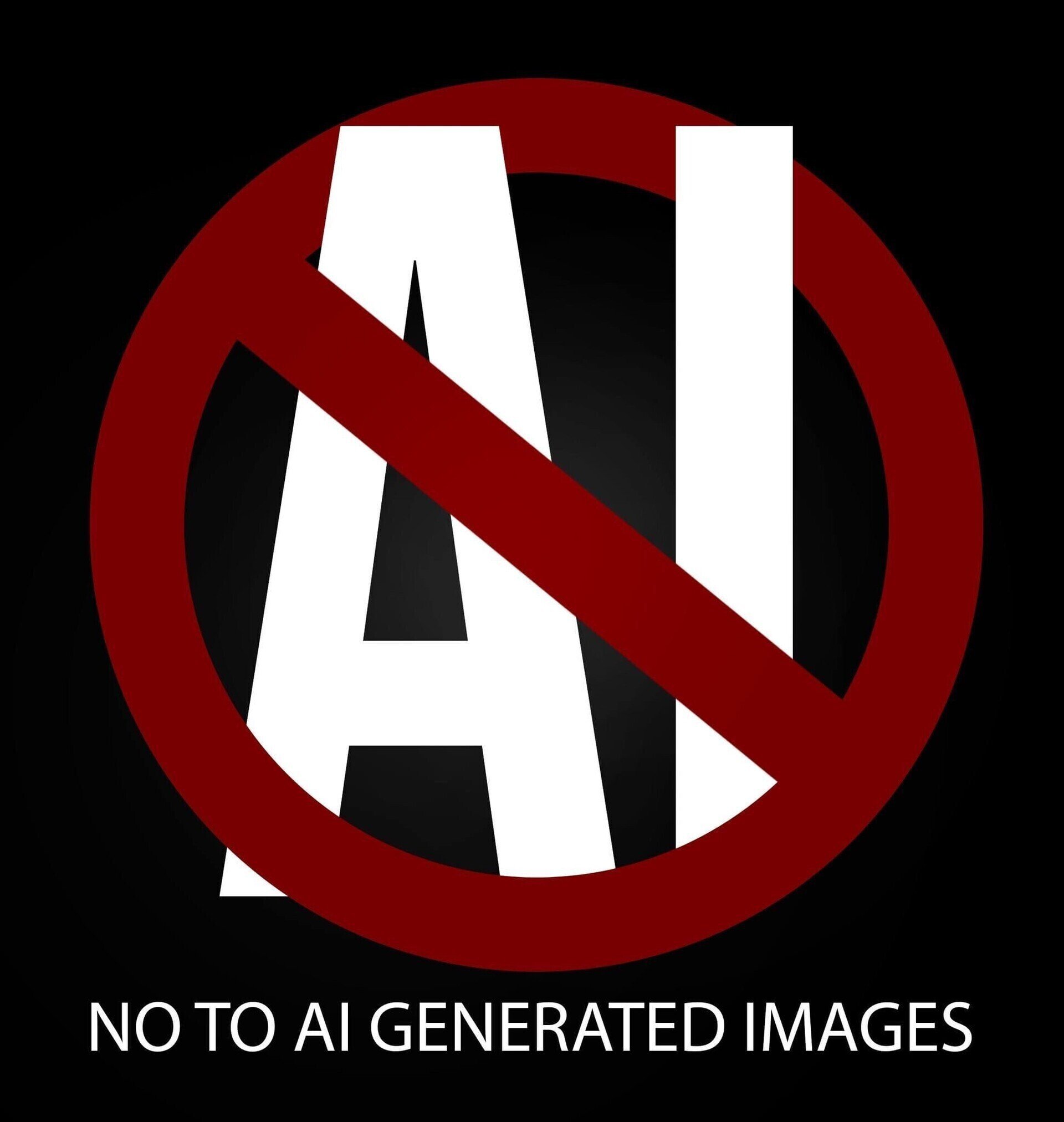

How are these professionals not ultimately responsible in making the consumer, who seems to have done nothing wrong but trust state licensed companies and real estate individuals, whole?
You already have the answer:
… US title companies, real estate agents, and real estate attorneys.
“There must be in-groups whom the law protects but does not bind, alongside out-groups whom the law binds but does not protect.”









That was A&W.